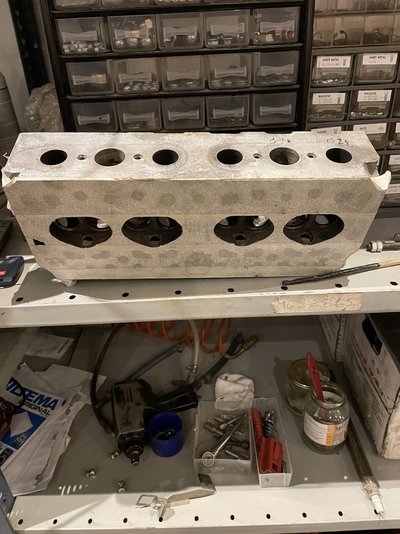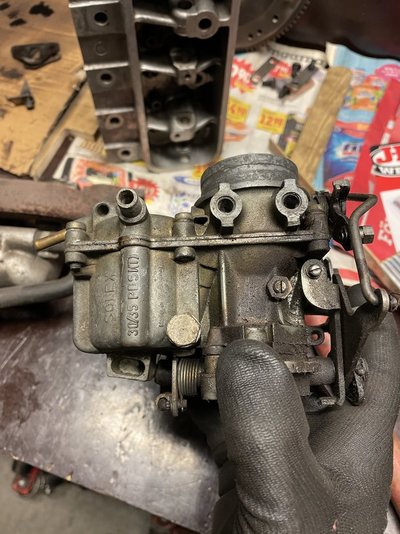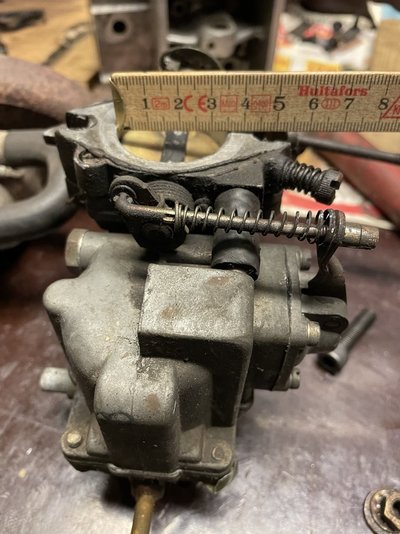Homegrown
Enthusiast
- Messages
- 300
- Location
- Sweden
Someone made any attempts to make some more power.
I only see manifolds like in the link below.
Have someone done something like Webers, bike carbs, camshaft, porting, extractors, standalone fuel injection, or turbo.
I search a lot on the web but find almost nothing on the Billancourt engines.
I my nature I want to optimise cars with a lot of work and knowledge to a small amount of cash.
And no I stick with 845cc or tops 905cc Billancourt.
I only see manifolds like in the link below.
Have someone done something like Webers, bike carbs, camshaft, porting, extractors, standalone fuel injection, or turbo.
I search a lot on the web but find almost nothing on the Billancourt engines.
I my nature I want to optimise cars with a lot of work and knowledge to a small amount of cash.
And no I stick with 845cc or tops 905cc Billancourt.








